Are you a student or finance major who is into data management or accounting? Regardless of the type of financial analysis you do, you need an efficient laptop to handle Excel in its entirety.
Even though it is one of the lightest software, not every device is meant for it. In most cases, you might end up purchasing a high-value, overkill machine that isn’t primed for large spreadsheets, models, and financial tasks in general.
Simply put, you need to focus on display quality & size, keyboard comfort, numpad, backlit support, connectivity, battery life, and portability. And even though processor matters, it ain’t a deal breaker if you just want to focus on Excel and similar apps.
Still, making the right choice can be tricky, and that’s why I’ve taken it upon myself to test over 17 laptops with MS Excel and zero in on the top 7 options for 2024.
System Requirements
Before I begin with reviews, have a look at the minimum and preferred specifications associated with an ideal Excel laptop.
| Specification | Minimum | Preferable |
|---|---|---|
| Processor | Intel Core i3 or AMD Ryzen 3 | Intel Core i7 or AMD Ryzen 7 |
| RAM | 4GB | 16GB |
| Storage | 256GB SSD | 512GB SSD or higher |
| Display | 13.3-inch Full HD | 15.6-inch Full HD |
| Battery | Up to 4 hours | Up to 8 hours |
| Connectivity | Wi-Fi 5, USB-A | Wi-Fi 6 or 6E, USB-A, USB-C or HDMI |
After careful deliberation and testing all 17 laptops for over three months, I have finally zeroed in on the following options. From premium picks to budget models, this discussion has it all. Let’s get started!
1. Best Overall: Dell XPS 13
Different Dell XPS 13 models exist, with panels going as high as QHD+ in terms of resolution. However, the model I picked has Excel-aligned traits, including 16GB of RAM and a power-efficient processor.
Plus, it’s sleeker and offers a long battery life — features needed to amp up the portability quotient.
Performance & Experience
The 11th-gen processor isn’t just power-efficient. It can handle the most complex and extensive Excel datasheets and financial models without breaking a sweat. The 16GB low-power RAM ensures the smoothest possible multitasking performance, allowing you to work on multiple spreadsheets at once.
As for the graphical elements like charts and graphics, the integrated Intel Iris Xe graphics support can take care of the needful.
The 512GB NVMe SSD is more than sufficient to quickly boot up the Windows 10 Pro OS and other apps that you might consider using alongside Excel. For this laptop, I tested Apache Hadoop, which performed exceedingly well, courtesy of the higher chunk of RAM.
As for the user experience, the 13.4-inch 1200p panel comes with touch support. This way, you can use Excel and other financial modeling software more intuitively.
While this laptop can run MS Excel without breaking a sweat, you can even use it for creative reports that are even more interactive, using Power BI, Tableau, and other tools. As for Excel, you can handle anything from standard formulas or basic data entry to something as advanced as VBA scripting on XPS 13.
For statistical analysis, the 11th gen GPU can be a handful, and for tasks like data import, power query, and more, every processing element — from the processor to the SSD, comes in handy.
Additional Attributes
If you wish to connect external monitors or transfer truckloads of data or datasets, there are efficient Thunderbolt ports for the same. However, if you prefer a more vibrant screen followed by additional security elements like the fingerprint scanner, there is the Dell XPS 13 Plus to consider.
Wrap-Up
Dell XPS 13 strikes the perfect balance between portability and power. It is travel-friendly, courtesy of the robust yet sleek build. However, it is the ultra-fast processing setup that ensures it tops the list while being portable and power-efficient.
- Touch-enabled screen
- Thunderbolt port
- Sleek and light design
- Ultra-fast storage
- Premium price
- Smaller screen
2. Best Runner-Up: Microsoft Surface Laptop 5
Even though the Dell XPS 13 is a top choice, it might leave a lot to be desired in the battery department. This is where the Microsoft Surface Laptop 5 comes into play, allowing you to go almost a day without the need for a refill.
Alternative Recommendation:
If you want to get another category of premium laptops, especially with the MacOS built-in, the MacBook Pro M3 can also be a good alternative.
Performance & Experience
You get hold of a power-efficient i7 processor, which works seamlessly with 16GB RAM and ensures that despite handling some of the most complex models and massive data sets, the device hardly heats up.
The pages and sheets load quickly, all thanks to the 512GB SSD. As far as the user experience is concerned, the 13.5-inch touchscreen is interactive and even boasts the best possible viewing angles, especially if you intend to take the device out.
The processing setup is good enough and can handle large spreadsheets in Excel. This laptop is precisely calibrated for handling advanced tasks like VBA scripting, computational models, and macros.
As for the app compatibility, you can even use Power BI on this device, pairing spreadsheets with additional data visualization needs.
Additional Attributes
The Surface Laptop 5 is a light yet premium device with a good enough selection of ports. You get Wi-Fi 6 for uploading spreadsheets to the drive, followed by the ultra-fast Type-C port to connect an external monitor or other peripherals.
Wrap-Up
If you are interested in a proprietary Windows ecosystem with minimal bloatware, the Surface Laptop 5 is the one to get. And its 18-hour battery life is a reason enough to place it second on the list.
- A sizable chunk of RAM
- Power-efficient processor
- 16GB RAM
- Excellent battery life
- Premium aesthetics
- The port selection could have been better
- No dedicated GPU
3. Best Mid-range Option: HP Pavillion 15
HP Pavillion 15 might not be as good-looking as the Dell XPS 13 or even the Surface Laptop 5, but it certainly doesn’t compromise on the processing performance, all thanks to the 32GB RAM.
If you are interested in getting an Excel-friendly laptop that doesn’t burn a hole in your pocket, this could be the one to get.
Performance & Experience
This one packs a power-efficient i7 U-series CPU, similar to what the Surface Laptop has to offer. From data modeling to real-time analytics to spreadsheet management, this 12th gen processor, followed by 32GB of RAM, can be a force to reckon with. Also, the 1TB SSD is an improvement over the other models I reviewed.
As far as the experience is concerned, the FHD 1080p panel is bright enough, whereas the IPS screen ensures decent viewing angles and excellent sunlight visibility.
If you are into statistical computing and interested in using advanced Excel features like Power Pivot and Power Query, the Pavilion 15 can be a handy device. Besides, this laptop is good enough for other resources like Python, Power BI, and more.
Additional Attributes
The HP Pavillion 15 is made of plastic but with metallic accents. The port setup is good enough for pairing monitors and data-related peripherals. Even though the battery life at 8 hours doesn’t exactly feel premium, it is good enough for working on the go.
Wrap-Up
HP Pavillion 15 makes life easier if you are interested in a massive chunk of RAM and storage. Plus, you can easily secure your professional files with the built-in fingerprint scanner. Apart from Excel, you can also consider Pavillion 15 for podcasting.
- Pre-installed Windows 11 Pro
- Massive storage space
- Zero overheating
- 32GB ultra-fast RAM
- Fingerprint sensor for security
- Not meant for graphics-intensive tasks
4. Best for Business: Acer Aspire Vero
Acer Aspire Vero might feel a tad underpowered compared to the likes of HP Pavilion, but trust me when I say it can handle every one of those Excel and financial modeling tasks with ease.
Also, when compared to the Pavillion 15, the Aspire Vero 15 offers a better battery life, making it conducive for globetrotting while staying up to speed with work.
Performance & Experience
Aspire Vero strikes an interesting combination of 20GB RAM and a 12th Gen i5 processor. Per my tests, the processing combination could easily handle complex models and work with tons of spreadsheets at once.
For under 700 bucks, I would say getting a 1TB PCIe SSD is nothing short of a win as it ensures swift launches and data retrieval.
When it comes to the display, the 1080p panel is perfect for data visualization. And the anti-glare screen ensures that you can keep working for longer hours without having to take a break.
This laptop is meant for businesses that are looking to self-manage their accounts. The processing setup, especially the sizable portion of RAM, is good enough to run macros and power pivot — the advanced Excel features.
Not just that, if you wish to run Tableau, SQL server, and other resources geared towards data management, the Acer Aspire Vero doesn’t disappoint.
Additional Attributes
Acer Aspire Vero packs a recyclable plastic-backed chassis, which is both robust and aesthetic. As for the battery support, even though the company claims 12 hours, I ended up recharging the same after 9 hours and 40 minutes, which is still a win.
Wrap-Up
It is the 20GB RAM and the availability of Thunderbolt 4 and USB 3.2 ports to connect external monitors and peripherals that make the Acer Aspire Vero feature on the list as one of the more handy business laptops for running Excel and similar tools.
- Comprehensive port setup
- 20GB RAM for multitasking
- Eco-friendly layout
- Fast data access
- Tad heavier than expected
5. Best 2-in-1: HP Spectre x360
HP Spectre x360 might be a tad pricier, but it certainly validates sticking to with, courtesy of the 2-in-1 form factor with touchscreen. Plus, there comes a stylus pen that allows you to indulge in Excel-specific tasks like moving rows without having to type.
Performance & Experience
The processing setup comprises a 12th gen H-series i7 processor, which can handle complex financial modeling and large data sets with ease. You also get access to 16GB of high-speed RAM, which, along with the processor, can handle all the Excel-specific calculations, extensive pivot tables, and more.
There is a 512GB SSD in play, ensuring faster data access and supporting faster boot times. As far as the user experience is concerned, there is a massive 16-inch screen, which can hold two or more spreadsheets side-by-side. The 3K+ touchscreen is bright and offers precise touch control.
You can be at any stage of Excel usage, and the HP Spectre x360 will still cater to you. Per my tests, anything from basic tasks like managing spreadsheets to advanced tasks like Power Pivot and Power Query, this laptop can handle. Besides Excel, you can even use it to run PowerBI and SAS tools for better statistical analysis.
Additional Attributes
While the metallic build quality stands out, it is the 360-degree hinge that looks the most robust and ensures durability. The hinge also ensures that you can use the HP Spectre x360 in the standard laptop mode or the tent and tablet mode.
There is HDMI 2.1 support for connecting an external monitor, whereas the Thunderbolt 4 ports are great for pairing data-specific peripherals.
Wrap-Up
Even though the HP Spectre x360 promises an underwhelming battery life, going as high as 8 hours with medium usage, it primarily features on the list courtesy of the versatile 2-in-1 form factor.
- Powerful processor
- Quick SSD
- Versatile design
- Fingerprint reader
- Bright screen
- A tad pricey for the specs
- Subpar battery life
6. Best with a Large Screen: LG Gram 17
There are many large 17-inch laptops on the market, however, at under $1000, the Gram 17Z95P seems to be the most suitable for Excel and financial modeling, courtesy of the 11th gen Evo processor, built-in Alexa support, and tons of other features. Also, it is lighter than the HP Spectre and even offers double the battery life
Performance & Experience
The i7 processor might not be as powerful as, say, an H-series 12th gen i7 variant, but it can certainly handle quick computation needs associated with professional Excel management. You get 16GB RAM, which can work on massive data sets, all while you have multiple browsers open.
The NVMe SSD — 1TB in size can speed up boot times, significantly. As far as the user experience is concerned, the 17-inch screen is perfect for looking at spreadsheets and other tasks related to financial modeling and statistical analysis. The IPS screen has excellent viewing angles and top-notch outdoor visibility.
The Gram 17 comes loaded with Windows 11 Home, ensuring minimal bloatware. As for Excel-specific tasks, handling Power Pivot, Macros, and other tasks feels like a cakewalk. Besides, you can use this laptop for accounting and other financial modeling resources like SPSS, Stata, and more.
Additional Attributes
LG Gram 17 promises up to 16 hours of battery life. Plus, it boasts a slim, metal-clad chassis, making it one of the better travel laptops. What stands out is the unique and extensive selection of ports, including USB 3.2, HDMI, and Thunderbolt 4, extending support to external monitors and peripherals.
Wrap-Up
Even though the LG Gram 17 comes loaded with several unique features, it is the 17-inch screen that steals the show, making Excel usage fun and more accessible.
- Ultra-fast RAM
- Low-power processing setup
- Minimal overheating
- Brilliant display
- Excellent battery life
- No dedicated GPU
7. Best Budget Option: Acer Aspire 5
Acer Aspire 5 is one of the best VFM options on the market. When compared to the Gram 17 from LG, the Aspire 5 manages to offer four additional GB of RAM at almost half the price, catering to the multitasker in you.
Performance & Experience
The featured processor — AMD Ryzen 3-3350U — is mediocre, to say the least. Yet, it can clock as high as 3.5GHz, if needed, precisely for handling complex Excel-centric tasks and computations. You get 20GB RAM, which ensures browsing, working on spreadsheets, video calling, and more are all possible parallelly.
Screen-wise, the 15.6-inch 1080p panel doesn’t disappoint. Even though it isn’t as massive as the LG Gram 17, it still offers excellent viewing angles.
The comes pre-loaded with the Windows 11 S version, making it one of the more power-efficient models around. Typing through tons of spreadsheets is easy with the featured backlit keyboard that also boasts excellent key travel.
Then there is the integrated MS Office, allowing you to use Excel for a year without any additional cost.
Additional Attributes
The Aspire 5 packs a snappy fingerprint scanner for further securing the data sets. There is a decent collection of ports, including HDMI, Type-C, and more.
As for the battery life, even though the company claims 10 hours, I could only get 7 hours before needing a quick refill.
Wrap-Up
Overall, Acer Aspire 5 makes it to the list based on the budget price tag. Plus, it offers 20GB worth of RAM support for a touch under $550, which is more than adequate for running MS Excel and tons of other related apps.
- Sleek
- Excellent display
- 1TB SSD
- 20GB RAM
- Subpar battery life
- Basic processor
Frequently Asked Questions
Even though a dedicated GPU isn’t directly needed to run MS Excel smoothly, versions higher than 2019 can still experience some level of performance acceleration with a GPU. However, if you are also into data visualization, along with Excel, a GPU can come in handy.
Complex computational models like dynamic arrays and more can only be handled by powerful laptops. Plus, handling sheets with millions of rows can also be handled easily, followed by other advanced tasks like VBA scripting, complex simulations, and more.
Wrap Up!
Each device on the list is a perfect fit for running MS Excel professionally. Yet, if you are still unsure as to which one to pick, here are a few curated picks:
- You can use the Microsoft Surface Laptop 5 if you prefer the native Windows experience while handling MS Office tools.
- In case you are in the market for a powerful 2-in-1 laptop, the HP Spectre x360 makes a compelling case.
- In case you prefer a big screen, precisely to view multiple spreadsheets at once, the LG Gram 17 is a good pick.
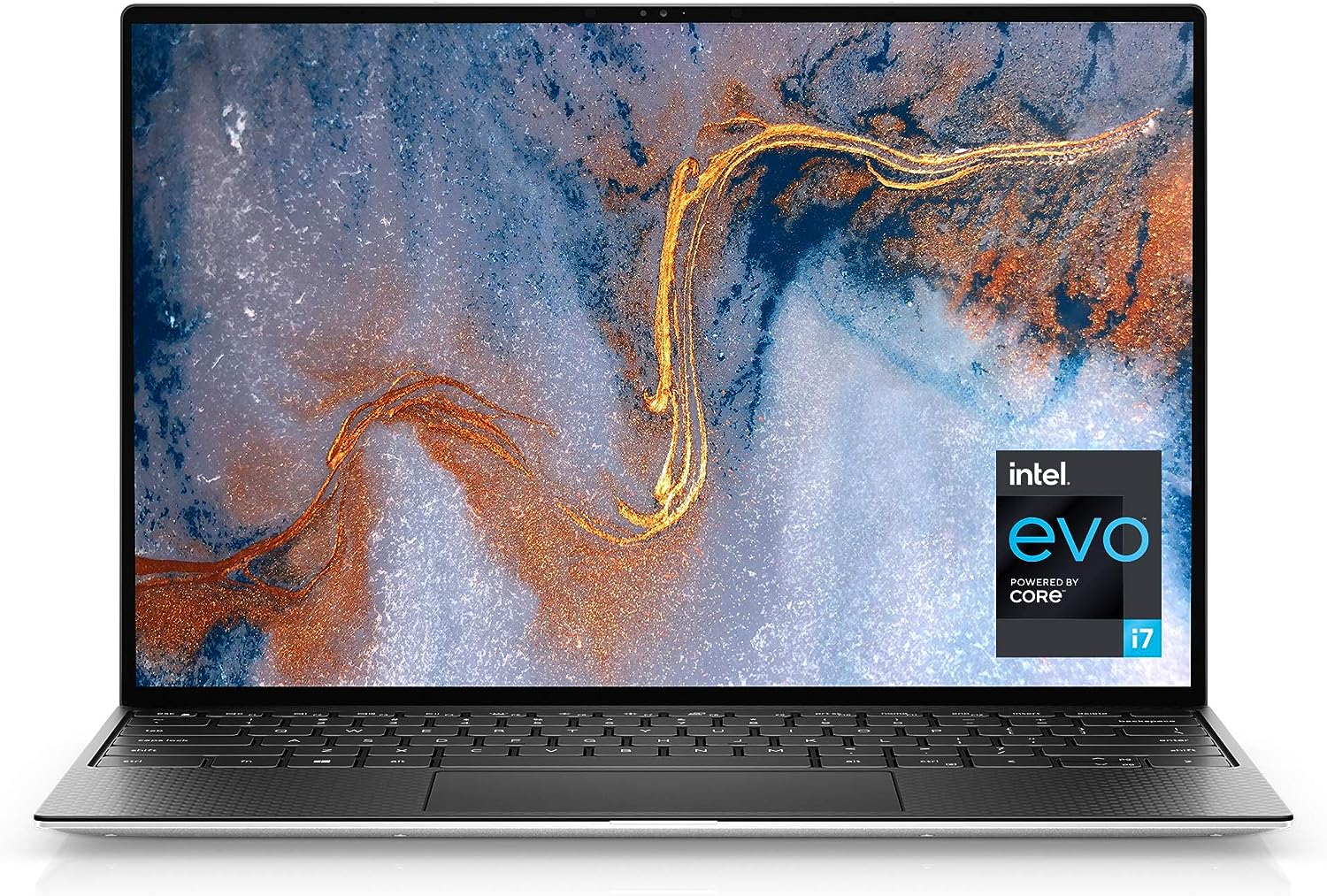
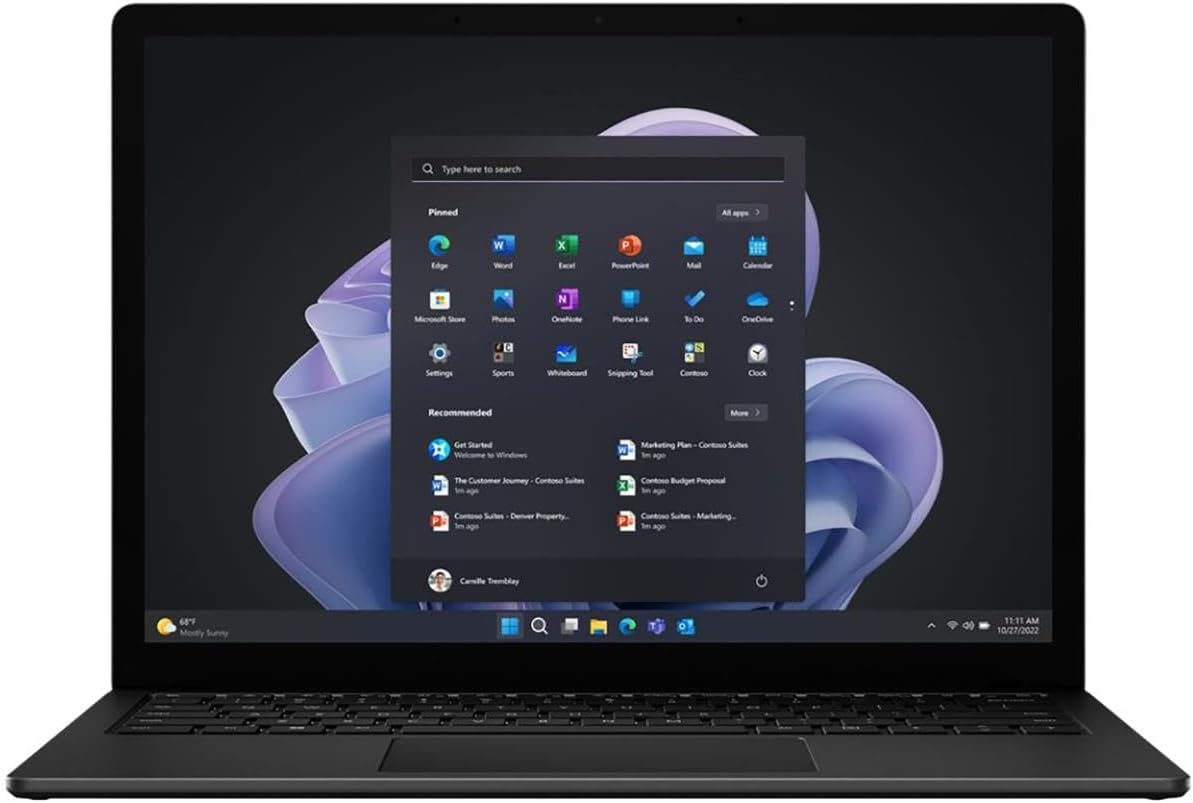
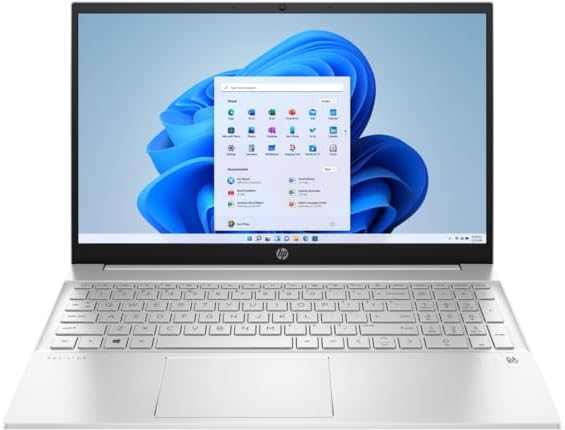
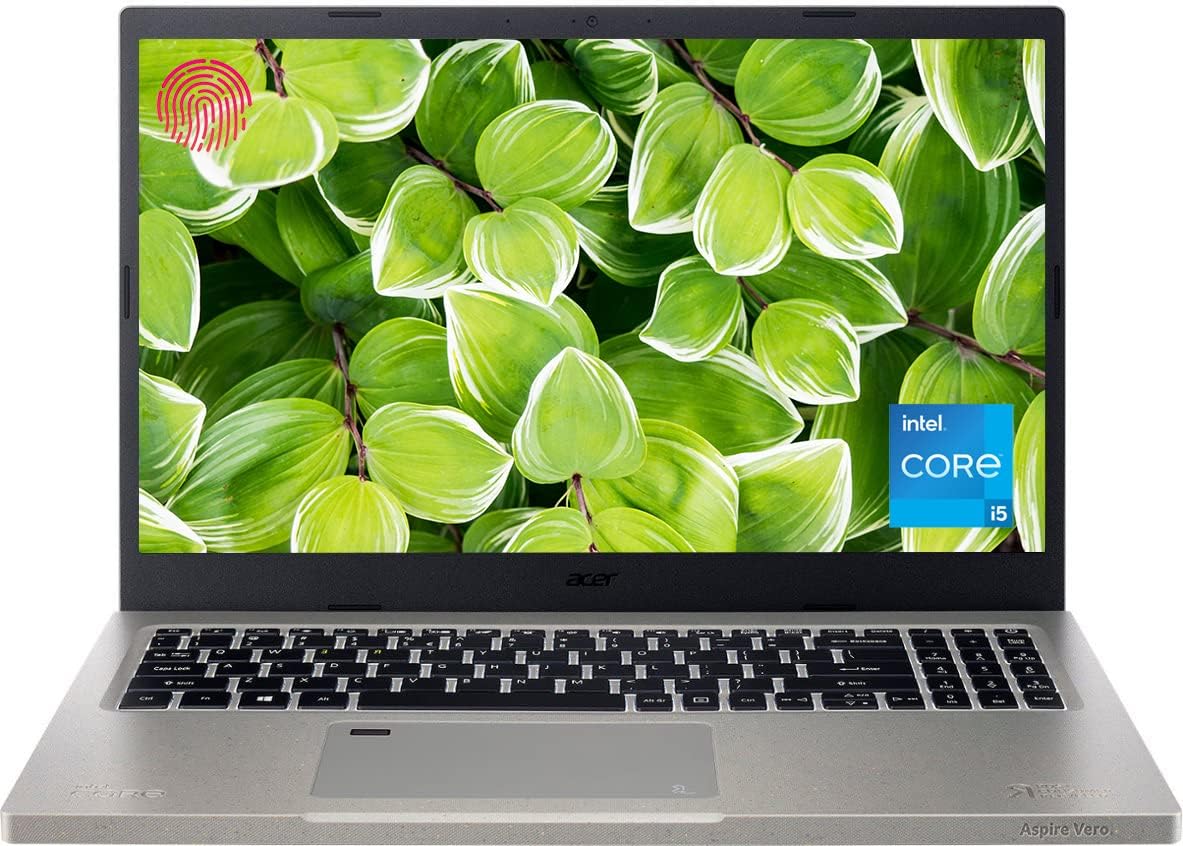
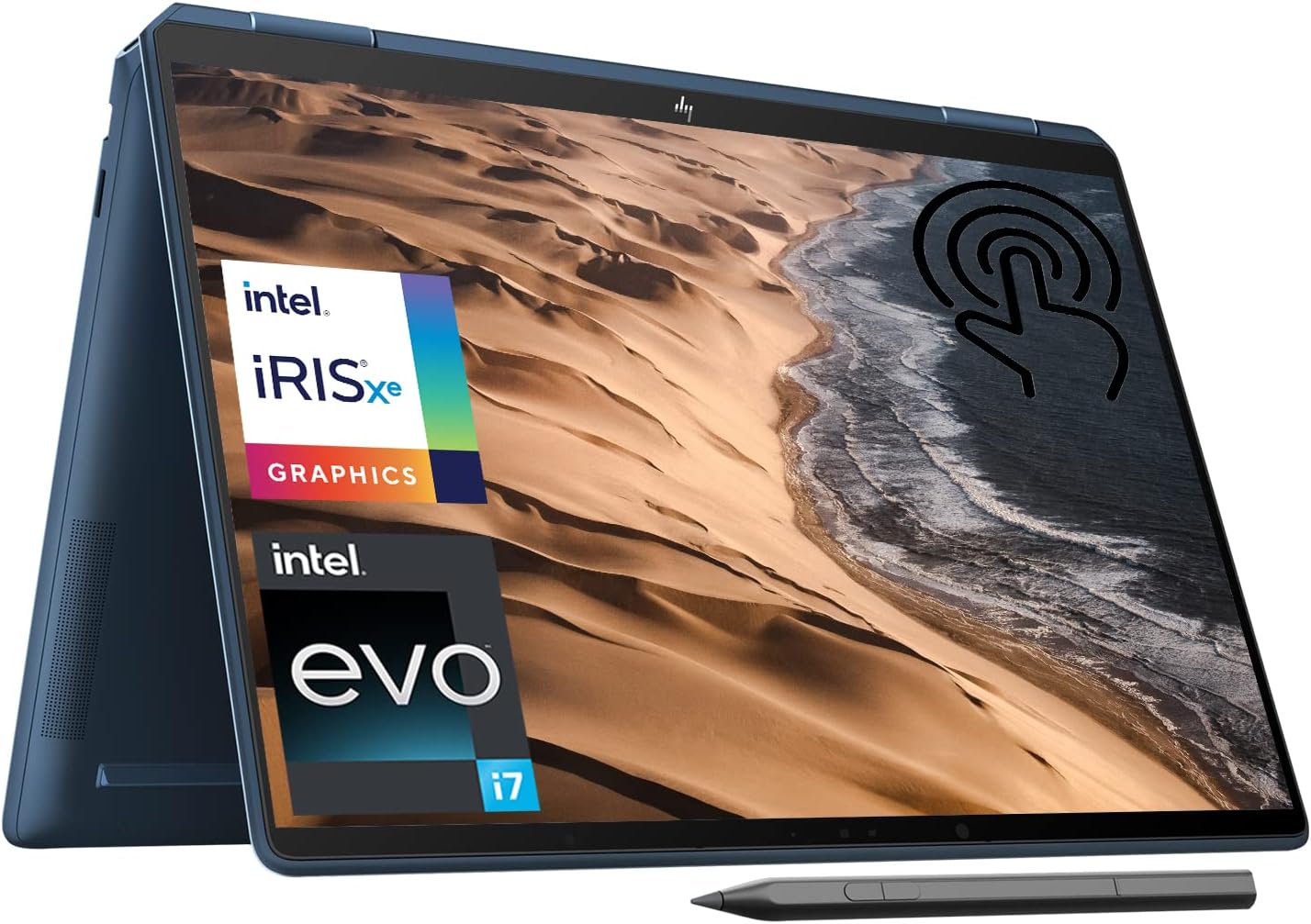
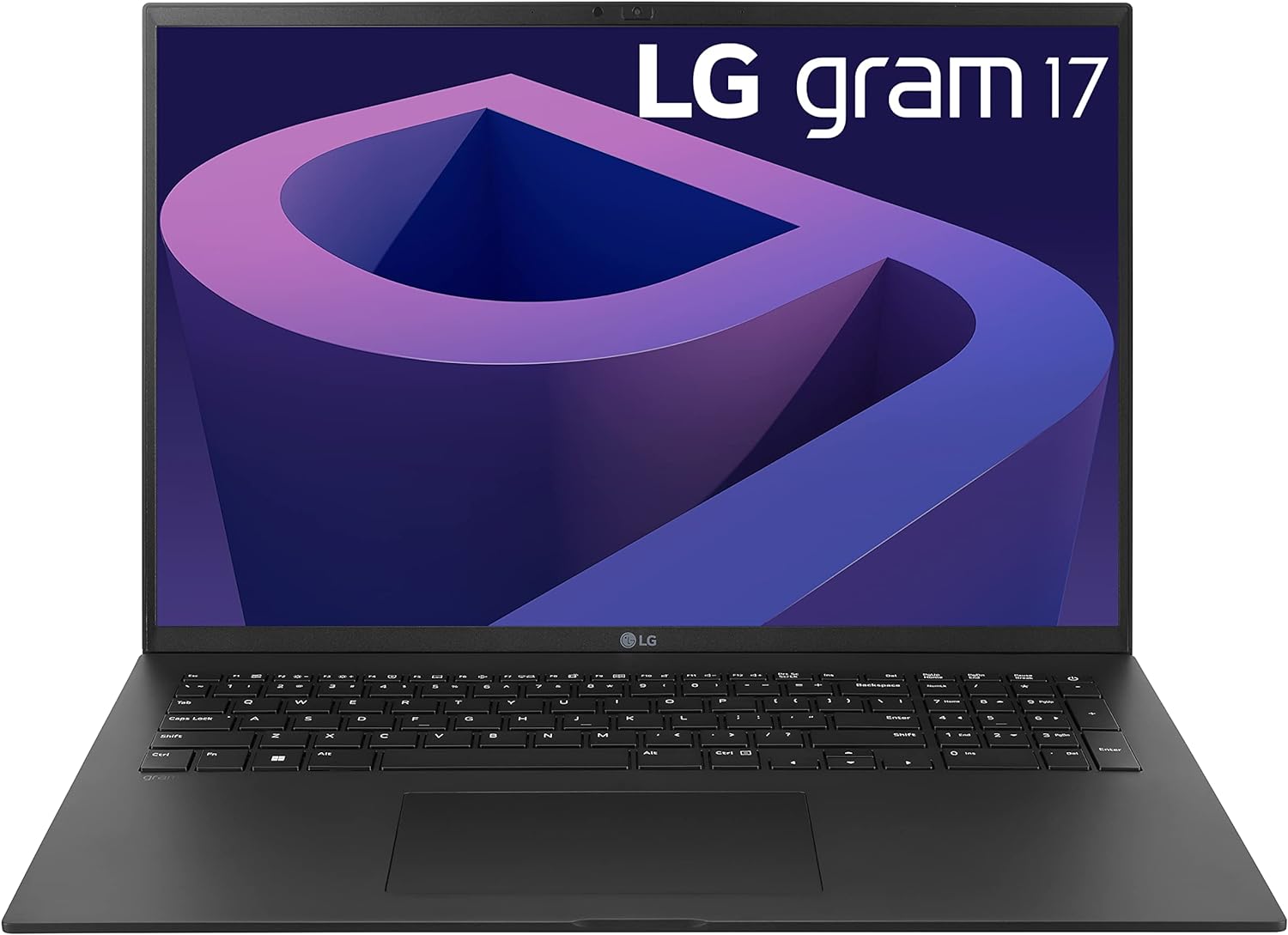
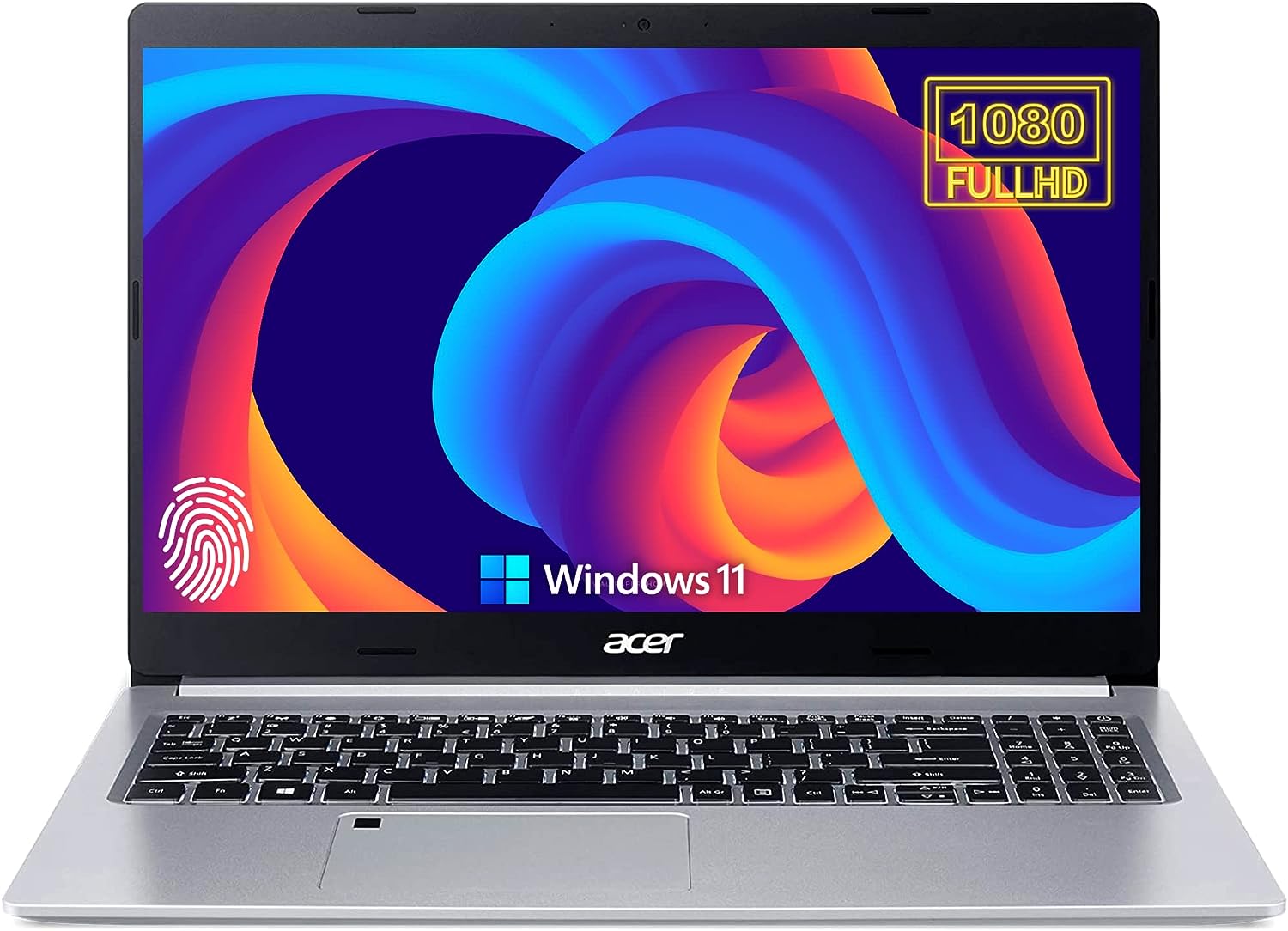
Leave a Reply